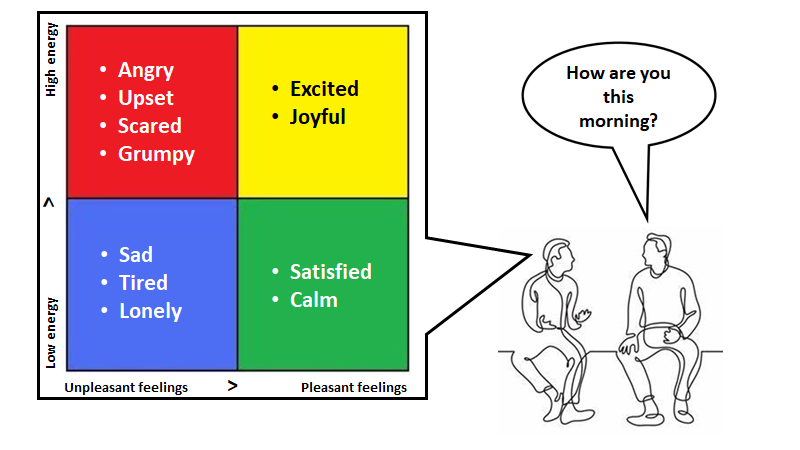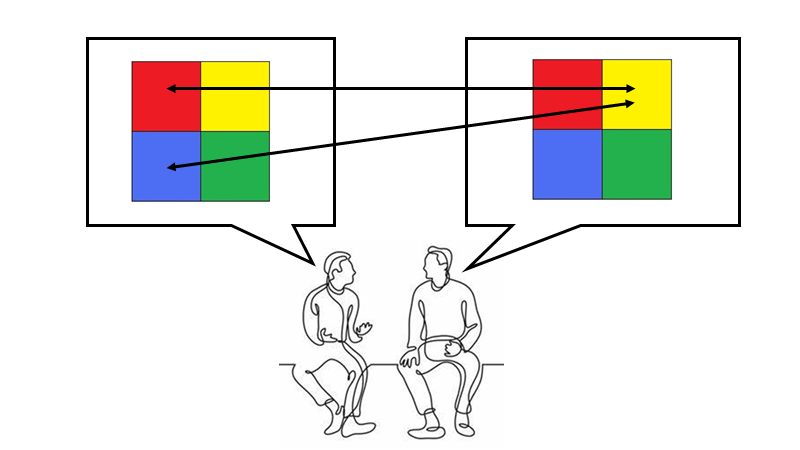I used to believe that I was the most important element in the classroom. As an ambitious and naive new teacher, I assumed that students came into each lesson ready to learn from me. The students’ glasses of learning were empty and they were thirsty – or so I thought!
What could be more important than content delivery in teaching? Gradually I realized that no matter how well-prepared my lessons were, my students weren’t going to learn new concepts if their social-emotional state wasn’t in the right place.
When was the last time you found it difficult to get your teaching across only to find that the student was scared by a class bully or was tired after sleeping only for a few hours the night before class? When was the last time you found teaching more enjoyable and productive when students were calm and excited about what you were teaching them?
There’s nothing more important to me than understanding where my students are emotionally. Do they feel angry, upset, scared, grumpy, sad, tired, lonely, satisfied, calm, joyful, excited, or a mixed combination? Figure 1 below shows the eleven social-emotional states in four categories. Of the four major color categories, red and blue are not conducive to learning while students in the green or yellow state are much more receptive.

Figure 1: The Four Social-Emotional States
When was the last time you found it difficult to get your teaching across because you were grumpy after a fight with your spouse you had that morning? Understanding your own social-emotional state is just as important, if not more important, than recognizing the state of your students. In Figure 2 below, the ideal social-emotional state of the teacher (right) is critical in order to accommodate the less than ideal mental states of the student (left). Teaching effectively can be very difficult for a teacher in the red and blue mental states. I always try to keep a focus on maintaining a yellow or green state while I’m in the classroom so that I can better support my students. In the real world of teaching, the teacher needs to know and control their own social-emotional state before doing the same to the students.

Figure 2: The Social-Emotional States of Learning and Teaching
World-renowned military strategist Sun Tzu once said “If you know the enemy and know yourself, you need not fear the result of a hundred battles. If you know yourself but not the enemy, for every victory gained you will also suffer a defeat“. I’d rephrase that for the classroom as “If the teacher knows the student and knows themselves, they need not fear the result of all the learning and teaching in the classroom. If you know yourself but not your students, every successful lesson that you teach you will also suffer a setback.”
One of my favorite success stories of the impact of monitoring social-emotional states happened while I was teaching online in the 20/21 school year. A student wrote this in the end of the semester faculty evaluation: “Dr. Wong made sure to establish a respectful and positive space for everyone to speak and feel free to share ideas and thoughts. He asked everyone to submit an anonymous poll to describe how they were feeling for the morning and discussed it first thing each day.”
I used to think that teaching the content was the most important part of my job. Now, I know that that can’t happen until I know and understand my students. How do you monitor social-emotional states in your classroom?
REFERENCES
Wong Ovid (2008). Pivotal strategies for the educational leader: The importance of Sun Tzu’s the Art of War. Rowman and Littlefield, U.S.A.
Wong Ovid (2021). Transforming self: BodyMindSpirit. Linus Learning, U.S.A.








